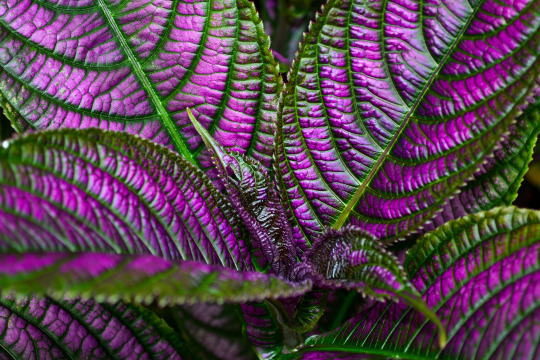... and music and food and more.My Posts (RSS) | Plants | Music | Food | Me
Don't wanna be here? Send us removal request.
Photo
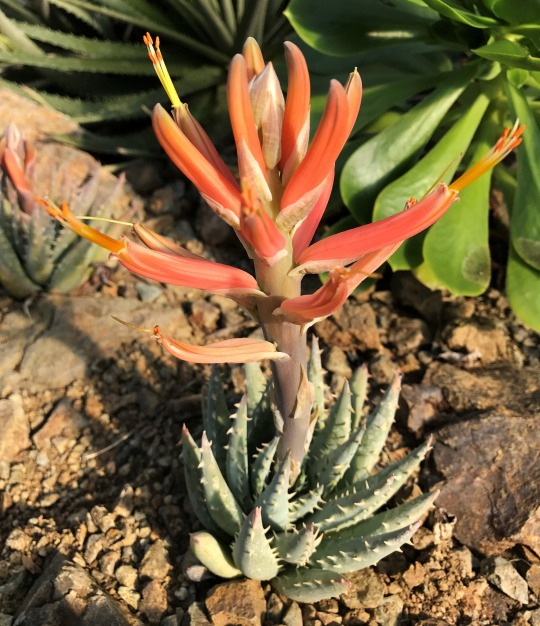
Aloe longistyla
This is one of the dwarf Aloe species native to South Africa, and it is often found in dry stony plains in the Little Karoo and on to the east. The flowers seem too big for the plant, and the seed pods that follow are oversized as well, since the seeds are embedded in a large papery disc, requiring a fat capsule to hold them. The papery disc allows the wind to disperse the seeds widely, so the plants are often found singly or perhaps with a few neighbors, rather than in large colonies.
-Brian
75 notes
·
View notes
Note
Hi Andrew I don't know if you can help me. I have a lithops plant I cannot identify and it started to split at one side and it looks like another lithops is coming out of the cut. The plant still looks perfectly healthy but I didn't not think they reproduced or made new heads this way. I unfortunately touched the new growth too much and a small cut or gash appeared. Can I help the new growth? I fed the plant after this happened but I didn't know if I could help any other way.
I don’t know much about lithops unfortunately. I have heard that the new leaves can come through splits in the sides instead of through the gap in the old leaves like usual sometimes, so that should be fine, as for the cut in the new growth I’m not sure what to suggest except keeping the area clean and dry and as long as the plant is otherwise healthy you should be ok. Maybe another of my followers might have advise though?
8 notes
·
View notes
Photo
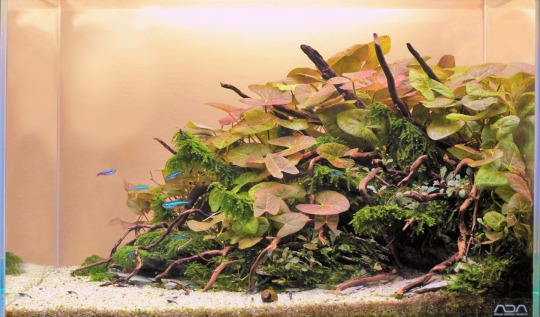
Favourites: tank by Tim Gross
Finally something fresh! The use of plants in this tank is unique. In words of Tim about it: “originally introduced into the hobby as Nymphaea sp Santarem, stays small and compact if unshaded, and produces a lot of runners”
308 notes
·
View notes
Photo
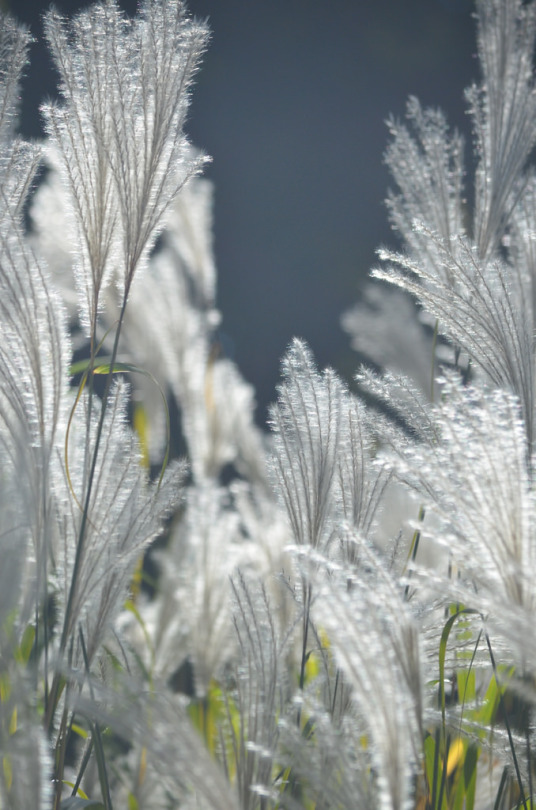
Plumy grasses at Jardin botanique Montreal by jungle mama
290 notes
·
View notes
Photo
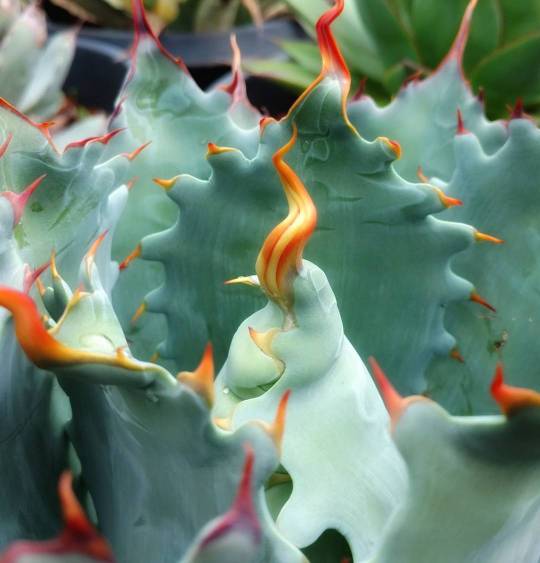
It’s new! Agave “Cherry Swizzle” 🍒 #agave #cactusjungle 🌞
305 notes
·
View notes
Photo

Among the purples
61 notes
·
View notes
Photo
Love these Rudbeckia. They don’t just look cool, these plants also smell amazing in late summer/fall.
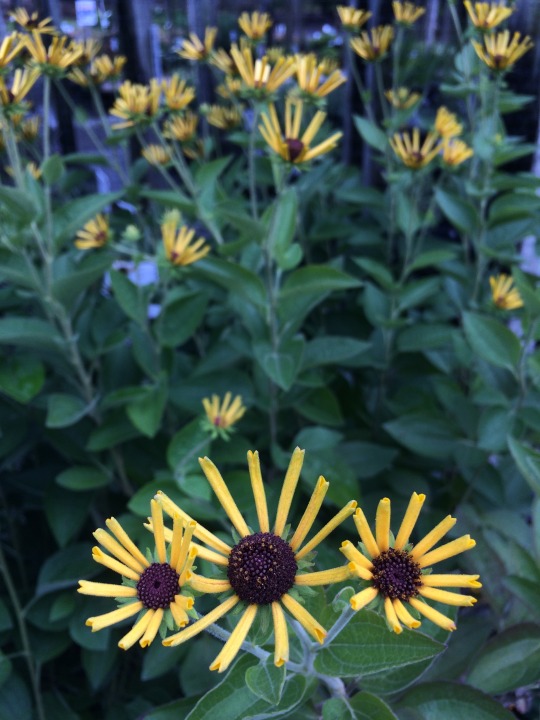
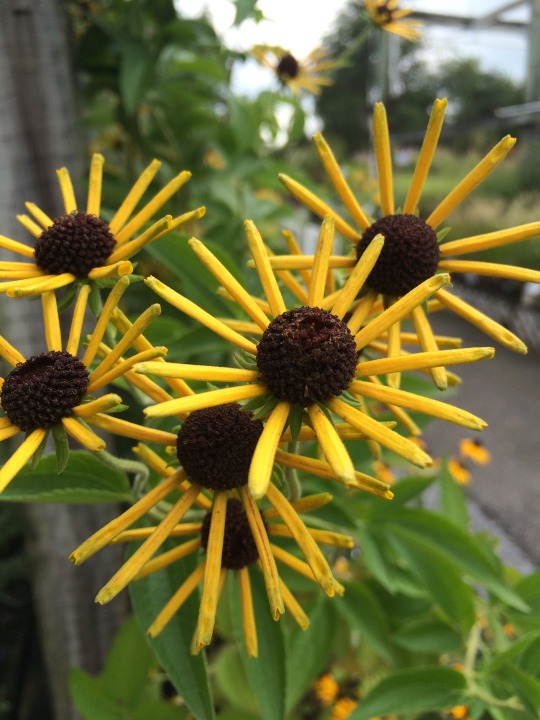
‘Henry Eilers’ rudbeckia and it’s shorter brother cultivar ‘Little Henry’, have neat, rolled petals.
127 notes
·
View notes
Photo

Ludisia discolor.
Orchidaceae: Goodyerinae.
By Judy Robbins. [x]
80 notes
·
View notes
Photo
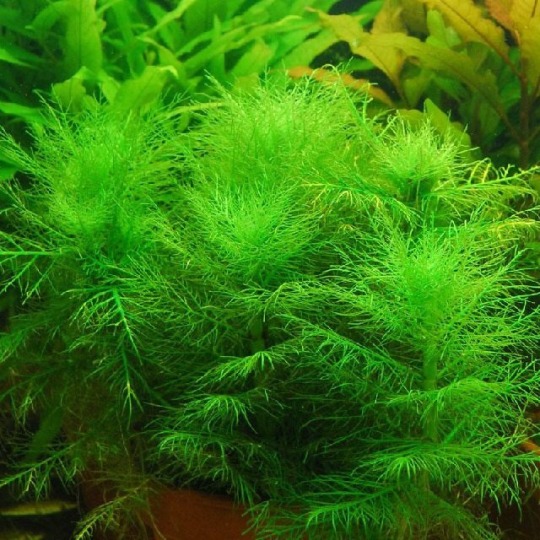
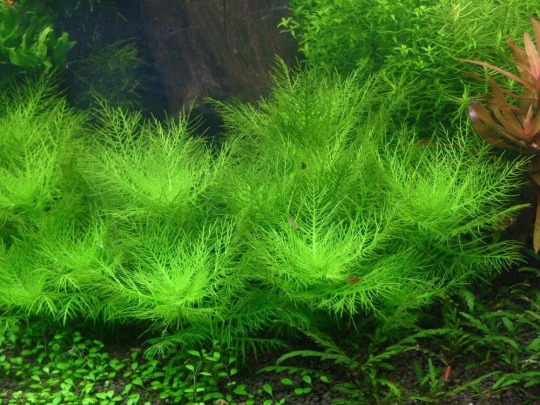
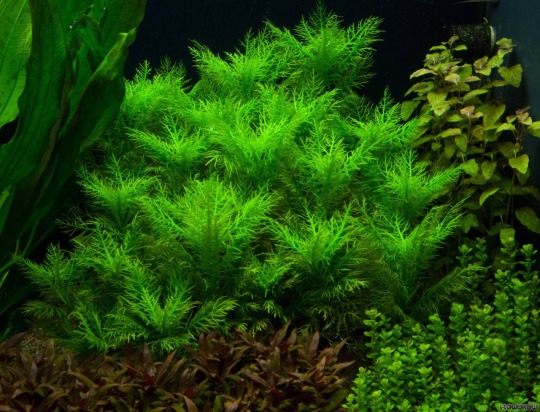
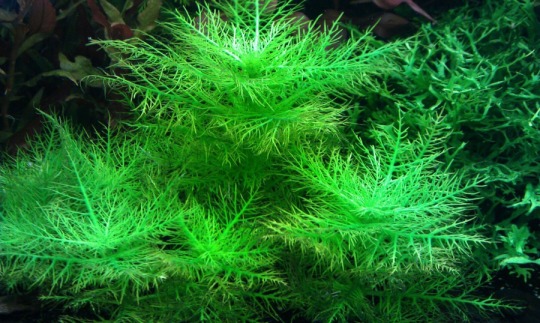

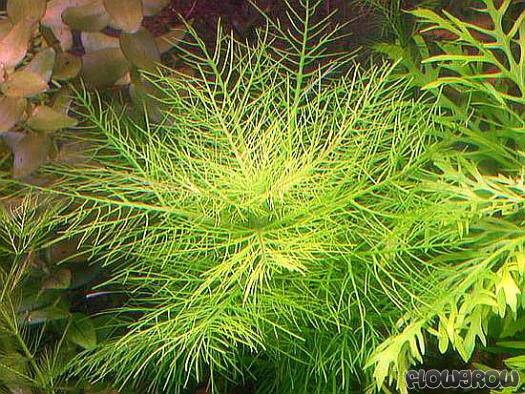
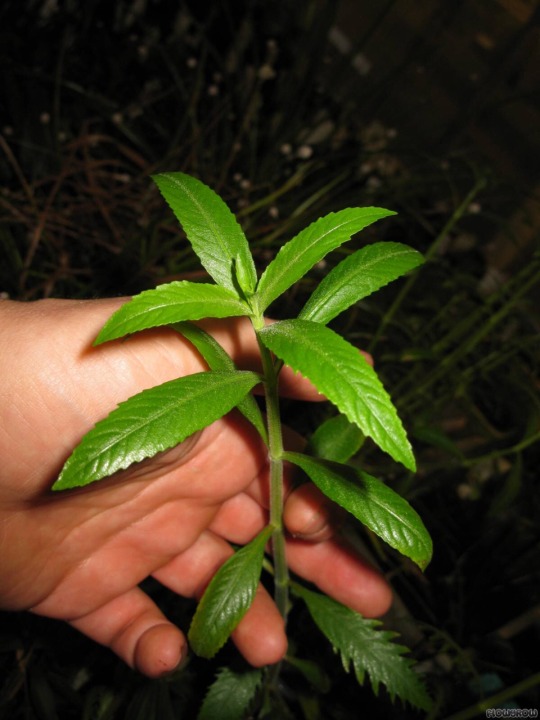
Hygróphila balsámica (L. f.) Raf. Description: The bog plant Hygrophila balsamica is native to India and Sri Lanka. In aquaristics it has long been known but is only rarely used for aquarium decoration, as it is poisonous to fish and inverts if its emersed shoots are directly planted in the aquarium. As soon as it has assumed its submersed form it ceases to be noxious, though, and can be used in a stocked tank without causing problems. Most aquatic plant nurseries cultivate their plants emersed, however, and thus it is easily understandable why this plant is so rare in the hobby. Nowdays common H. balsamica clones from nurseries like Anubias can be used emerged in a tank without problems.
This plant is especially well-suited for tanks with lots of light and a high CO2 content; if there is less intensive light and a lack or a deficiency of CO2 it won’t attain its characteristically beautifuly bright green hue, and the leaves stay smaller and have a coarser look. Apart from these prerequisites, H. balsamica needs iron in abundance, but is not especially demanding given that these basic needs are met.
Propagation is easy. The plant throws a lot of lateral shoots, and even more so if the tip is trimmed. Even floating leaves separated from the main plant may form roots and develop into a plantlet of their own. Its rapid growth doesn’t make it a low-maintenance plant, as it requires frequent trimming at short intervals to maintain its form.
In aquarium layouts, H. balsamica can be used in various ways. For example, its lateral shoots can be totally cut away so the plant grows vertically towards the water surface. This is an wonderful way it can be integrated into the layout especially in Dutch-style tanks. However, by cutting away the tip and thus furthering the formation of lateral shoots you can induce the plant to form a dense bush. And last but not least it is a great “filler plant”, especially well-suited for giving dark green plants like e.g. Java fern a background. All in all you should consider that Hygrophila balsamica can grow into a massive plant and thus needs a lot of space in the aquarium. Source: http://www.flowgrow.de/db/aquaticplants/hygrophila-balsamica
23 notes
·
View notes
Photo
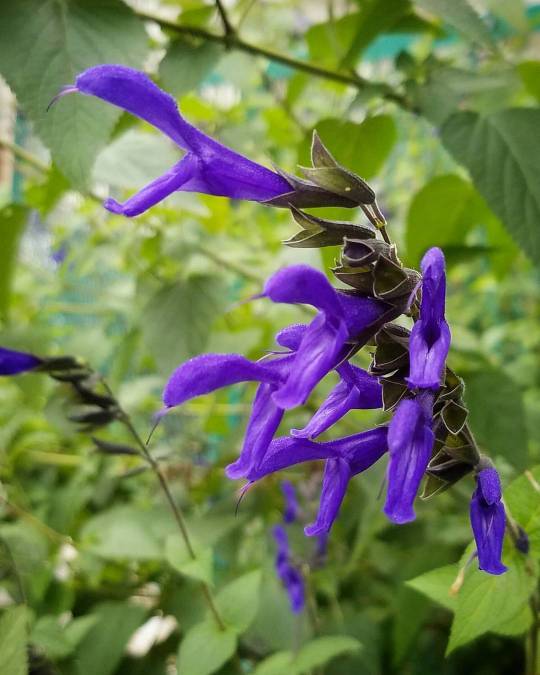
ギョエーッ!ギョワーッ!
きっとワタシたちの認識出来ない 周波数の声で鳴き叫んでる。
#flower #花
20 notes
·
View notes
Photo
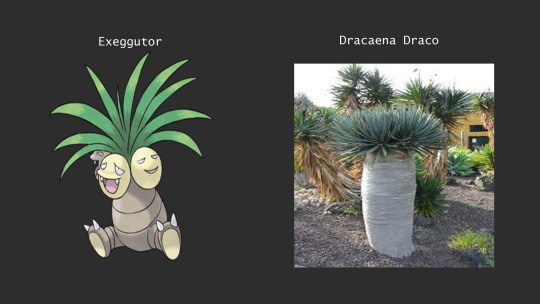
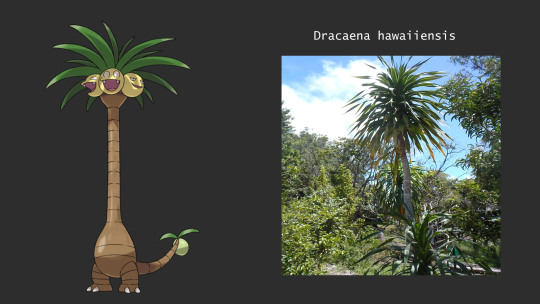
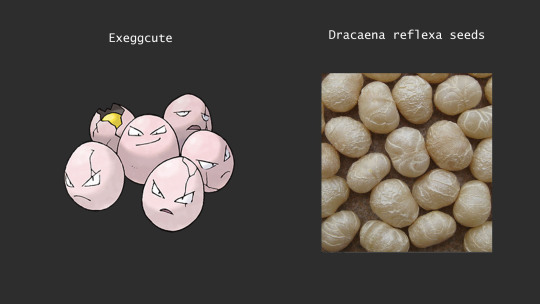
DRAC=DRAGON
82K notes
·
View notes
Photo

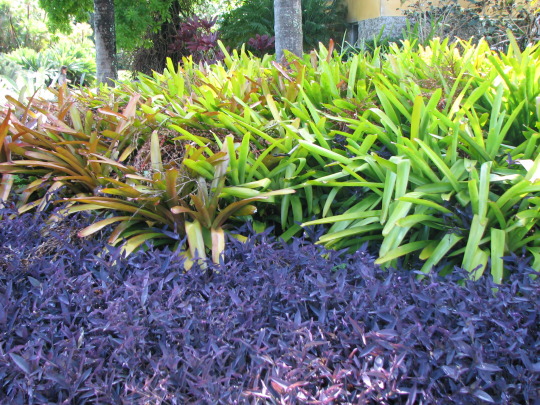

This was one of the first things I saw when I entered Fairchild and I loved it so much.
I’ve always loved Purple Queen or Wandering Jew (Tradescantia pallida ‘Purpurea’), and to see it massed and paired with Aechmea blanchetiana (the orange colored bromeliads) and Bismarckia nobilis (the blue/silver palms) and various cycads, made me so happy.
Unfortunately I can’t grow Bismarckia’s or Aechmea blanchetina outdoors in my area, or I would have something like this in my yard in a heartbeat.
I will, however, be massing Purple Queen around some of my crinums and potted agaves to create a similar effect.
14 notes
·
View notes
Photo

“Pure Beauty” by Hydraheerd (Aly Bolhuis)
68 notes
·
View notes
Photo
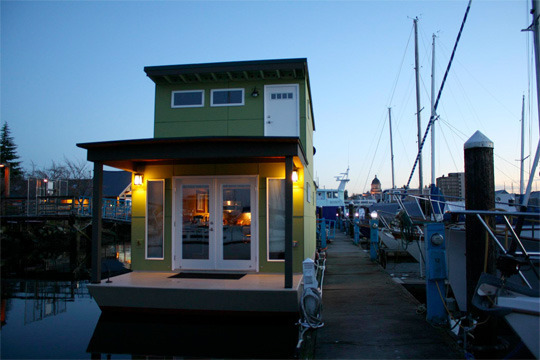
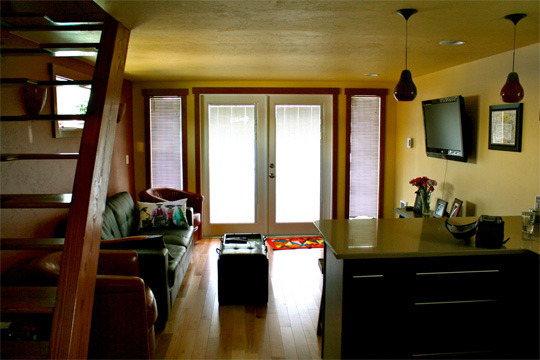
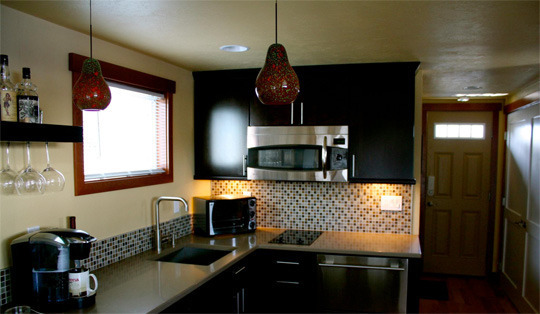
Sweet Pea Tiny Houseboat
775 notes
·
View notes
Photo

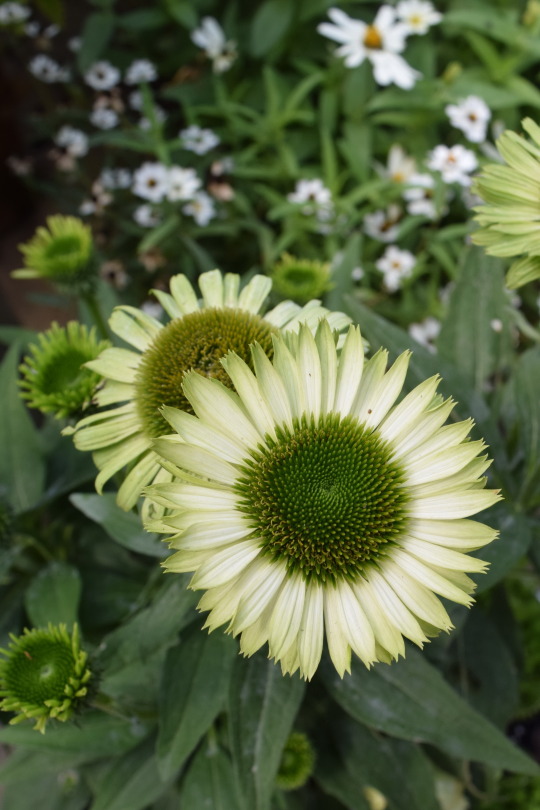
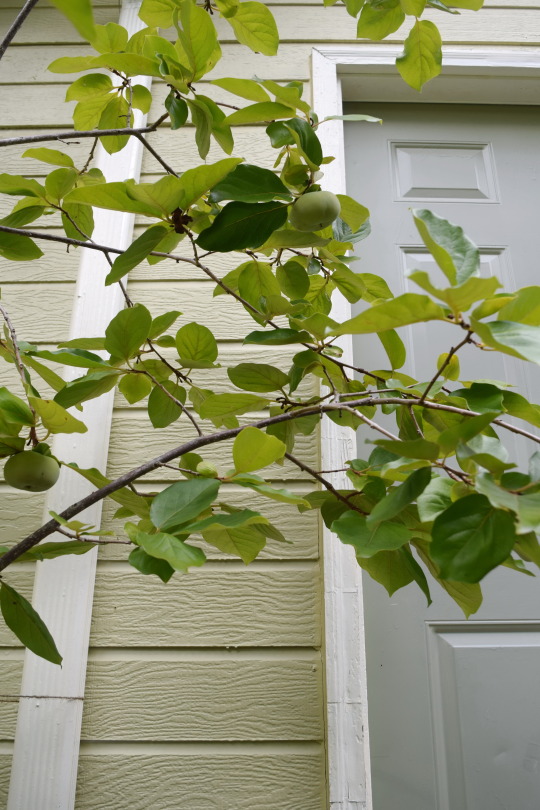
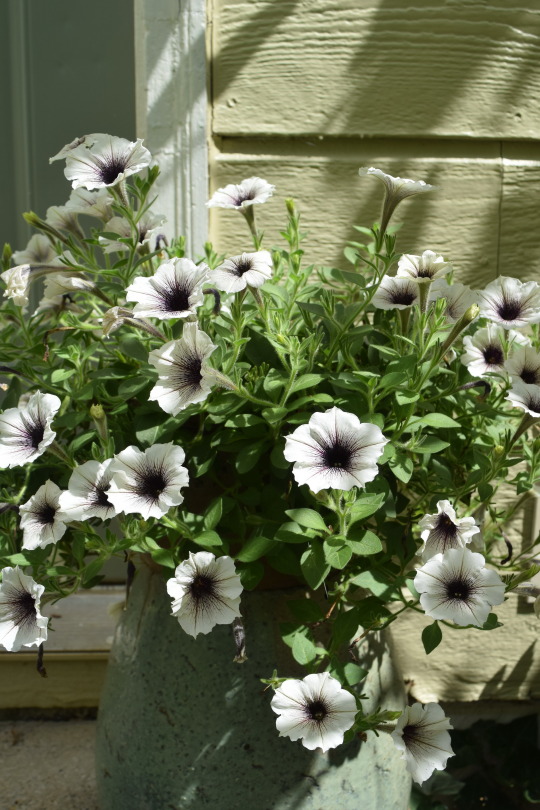
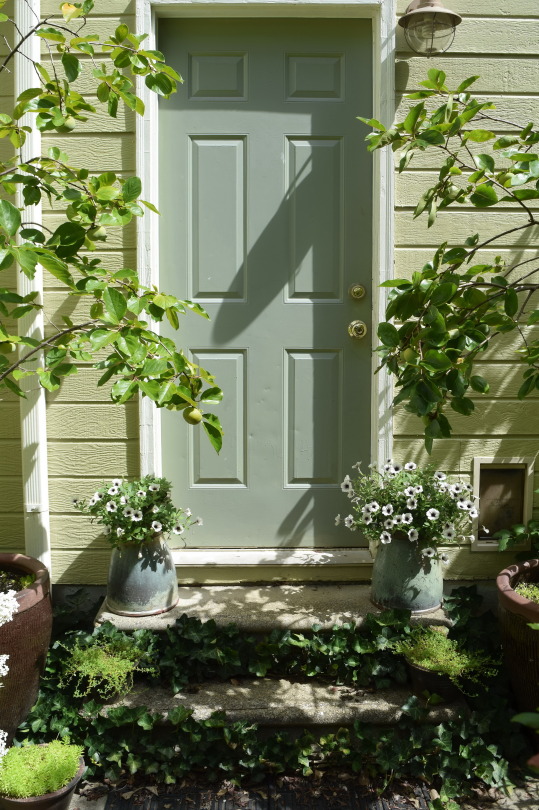
Friday in the backyard.
Hibiscus, green coneflower, petunia and persimmons.
93 notes
·
View notes
